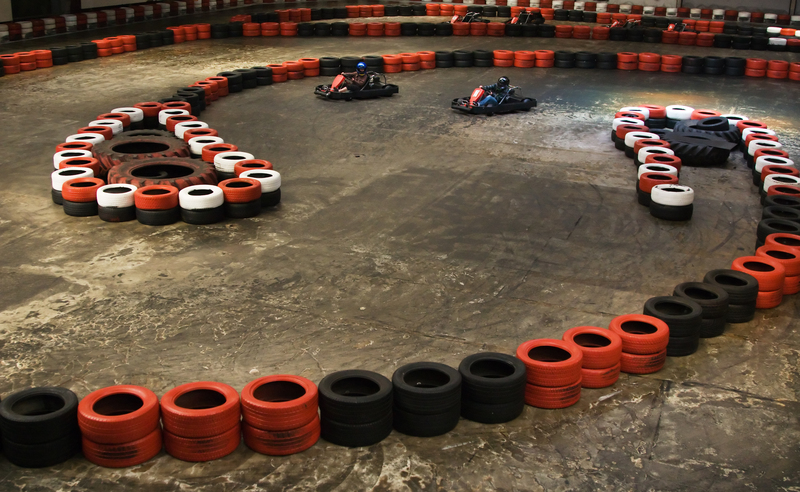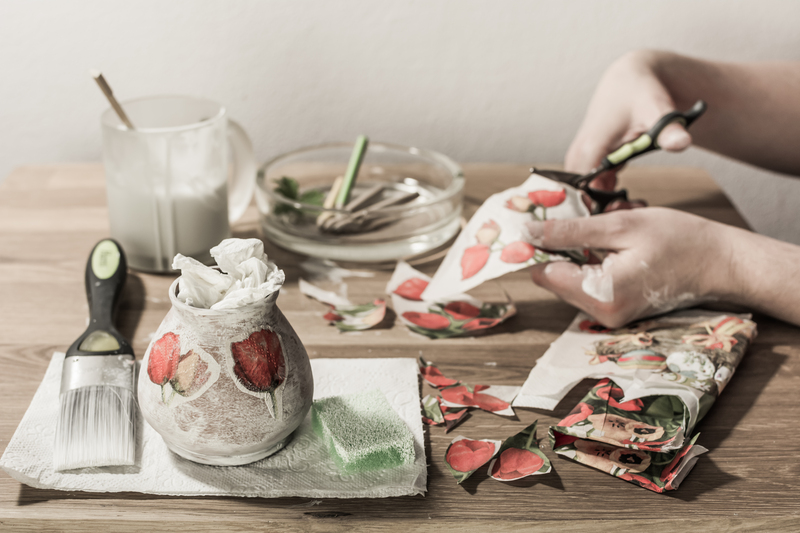Crafty Techniques for Repurposing Plastic Waste
Posted on 06/11/2024
Plastic waste is one of the most pressing environmental challenges of the modern era. As the world grapples with the consequences of plastic pollution, individuals are becoming more aware of the need to repurpose and recycle. Repurposing plastic waste not only helps reduce the environmental burden but also allows for creativity and innovation in designing practical and artistic items. Let's delve into several crafty techniques for repurposing plastic waste, transforming it from a liability into a resource.
Understanding the Scope of Plastic Waste
Before diving into the techniques, it's essential to understand the magnitude of the plastic waste problem. According to the Environmental Protection Agency (EPA), Americans generated about 35.7 million tons of plastic in 2018 alone. Globally, this number skyrockets, with millions of tons of plastic trash ending up in oceans each year, causing significant harm to marine life and ecosystems. The longevity of most plastics, taking hundreds to thousands of years to decompose, exacerbates the issue, making effective waste management critical.

1. Plastic Bottle Planters
One of the simplest and most effective ways to repurpose plastic bottles is by transforming them into planters. These are ideal for small herbs, succulents, and even flowers.
Materials Needed:
- Plastic bottles (any size)
- Scissors or a craft knife
- Acrylic paint and brushes
- Soil and plants
Steps:
- Thoroughly clean the plastic bottles, removing any labels or adhesive residues.
- Using scissors or a craft knife, carefully cut the bottle in half or at the desired height for your planter.
- Paint and decorate the bottle exterior as desired to add a personal touch.
- Allow the paint to dry completely before adding soil and your choice of plants.
2. DIY Plastic Bag Yarn (Plarn)
Plastic bags, often used briefly but lingering long in the environment, can be repurposed into plarn--plastic yarn. This innovative material is versatile and can be used in various crafting projects like crocheting bags, mats, and even baskets.
Materials Needed:
- Plastic bags (any color)
- Scissors
Steps:
- Flatten the bags and trim any handles or seams.
- Fold the bag lengthwise multiple times to create a long, narrow strip.
- Cut the bag into evenly-spaced loops, about 1-2 inches wide.
- Unfold each loop and knot them together end-to-end to form a continuous strand of plarn.
- Roll the plarn into a ball for easy storage and use.
3. Creating Mosaic Art with Plastic Bottle Caps
Bottle caps are ubiquitous and often discarded. However, they can be collected and transformed into vibrant mosaic art pieces, adding colorful flair to homes and gardens.
Materials Needed:
- Plastic bottle caps (various colors)
- Wooden board or canvas
- Strong adhesive or hot glue gun
- Pencil and ruler (for sketching the design)
Steps:
- Gather a substantial amount of bottle caps, sorted by color.
- Sketch your desired design on the wooden board or canvas with a pencil.
- Begin attaching the bottle caps to the board using strong adhesive or a hot glue gun, following the sketched design.
- Allow the glue to dry completely before displaying your artwork.
4. Turning Plastic Containers into Storage Solutions
Households often accumulate plastic containers, from food packaging to storage bins. Instead of discarding them, these containers can be creatively repurposed into organized storage solutions for various household items.
Materials Needed:
- Plastic containers (cleaned and dried)
- Decorative paper or fabric
- Scissors
- Mod Podge or similar adhesive
- Labels and markers
Steps:
- Clean and dry the plastic containers thoroughly.
- Measure and cut decorative paper or fabric to fit around the containers.
- Use Mod Podge or a similar adhesive to attach the decorative material to the containers.
- Allow the adhesive to dry before using the containers for storage.
- Label the containers with the markers for easy identification of contents.

5. Transforming Plastic Bottles into Bird Feeders
Plastic bottles can be innovatively repurposed into bird feeders, providing food for our feathered friends and recycling waste simultaneously.
Materials Needed:
- Plastic bottles (any size)
- Scissors or a craft knife
- String or wire
- Wooden spoons or dowels
- Birdseed
Steps:
- Clean and dry the plastic bottles thoroughly.
- Cut small holes around the bottle to insert wooden spoons or dowels, ensuring they fit snugly to serve as perches for the birds.
- Make additional small holes for the birdseed to spill out near the perches.
- Fill the bottle with birdseed.
- Securely attach a string or wire to the bottle's top for hanging.
- Hang the bird feeder in your garden or a suitable outdoor area.
Conclusion
Repurposing plastic waste is a practical and creative approach to battling the global plastic pollution crisis. These crafty techniques not only mitigate waste but also inspire innovation, transforming ordinary plastic items into useful and decorative solutions. By adopting these repurposing methods, we contribute to a healthier environment and embrace a sustainable lifestyle. As the saying goes, "One man's trash is another man's treasure." In the case of plastic waste, this adage holds true, encouraging us to rethink and reimagine the possibilities within every piece of discarded plastic.



